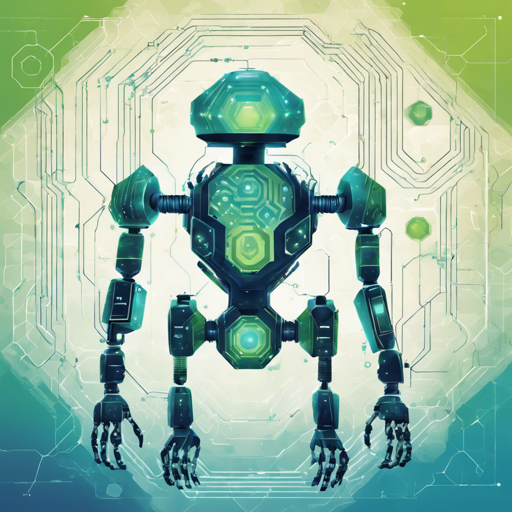Welcome to the exciting world of RoboHive! If you’re interested in robot simulation environments, you’re in the right place. This guide will take you through the essentials of setting up and using RoboHive, an impressive collection of tasks simulated with the MuJoCo physics engine. Let’s dive in!
What is RoboHive?
RoboHive is a framework designed for various robot learning tasks. It’s built on top of the MuJoCo physics engine and uses the OpenAI-Gym API for easy integration. It’s compatible with many training frameworks like Stable Baselines, RLlib, and TorchRL.
Getting Started with RoboHive
Getting started is simple. Let’s break it down into steps:
- Step 1: Installation
To install RoboHive, use the following command:pip install robohive - Step 2: Initialize RoboHive
After installation, you can initialize it with:robohive_init - Step 3: Demo an Environment
Try out a demo environment by running the following:python -m robohive.utils.examine_env -e FrankaReachRandom-v0 - Alternative Editable Installation
If you prefer an editable installation, follow these commands:
Then demo an environment as described above.git clone --recursive https://github.com/vikashplus/robohive.git; cd robohive pip install -e .
Exploring the Suites
RoboHive offers a diverse collection of environments organized into various suites:
- Hand-Manipulation-Suite: Features dexterous manipulation tasks.
- Arm-Manipulation-Suite: Focuses on arm manipulation environments.
- Myo-Suite: Contains musculoskeletal control tasks.
- MyoMyoDM-Suite: For dexterous manipulation in musculoskeletal environments.
- MultiTask Suite: A collection for various multi-task environments.
- TCDM Suite (WIP): For dexterous manipulation benchmarks.
- ROBEL Suite (Coming Soon): Focuses on real-world locomotion and manipulation.
Understanding the Code with an Analogy
Think of setting up RoboHive like preparing for a grand dinner. First, you need to gather your cooking tools (installation), then lay your table (initialization), and finally, decide what meal to serve (demo environment). The suites are like different courses in your dinner party, each offering a unique experience—from appetizers to desserts, they provide a well-rounded event. Each environment within these suites has a specific theme, similar to how each course has its unique flavor.
Troubleshooting
If you encounter any issues during installation or while running your simulations, here are a few tips to troubleshoot:
- Ensure your Python version is compatible with RoboHive (check documentation for specific requirements).
- Verify that all dependencies are correctly installed.
- If you face issues with demo environments, revisit the installation steps to confirm all packages are in place.
For additional insights or updates, or to collaborate on AI development projects, stay connected with fxis.ai.
Conclusion
At fxis.ai, we believe that such advancements are crucial for the future of AI as they enable more comprehensive and effective solutions. Our team is continually exploring new methodologies to push the envelope in artificial intelligence, ensuring that our clients benefit from the latest technological innovations.

